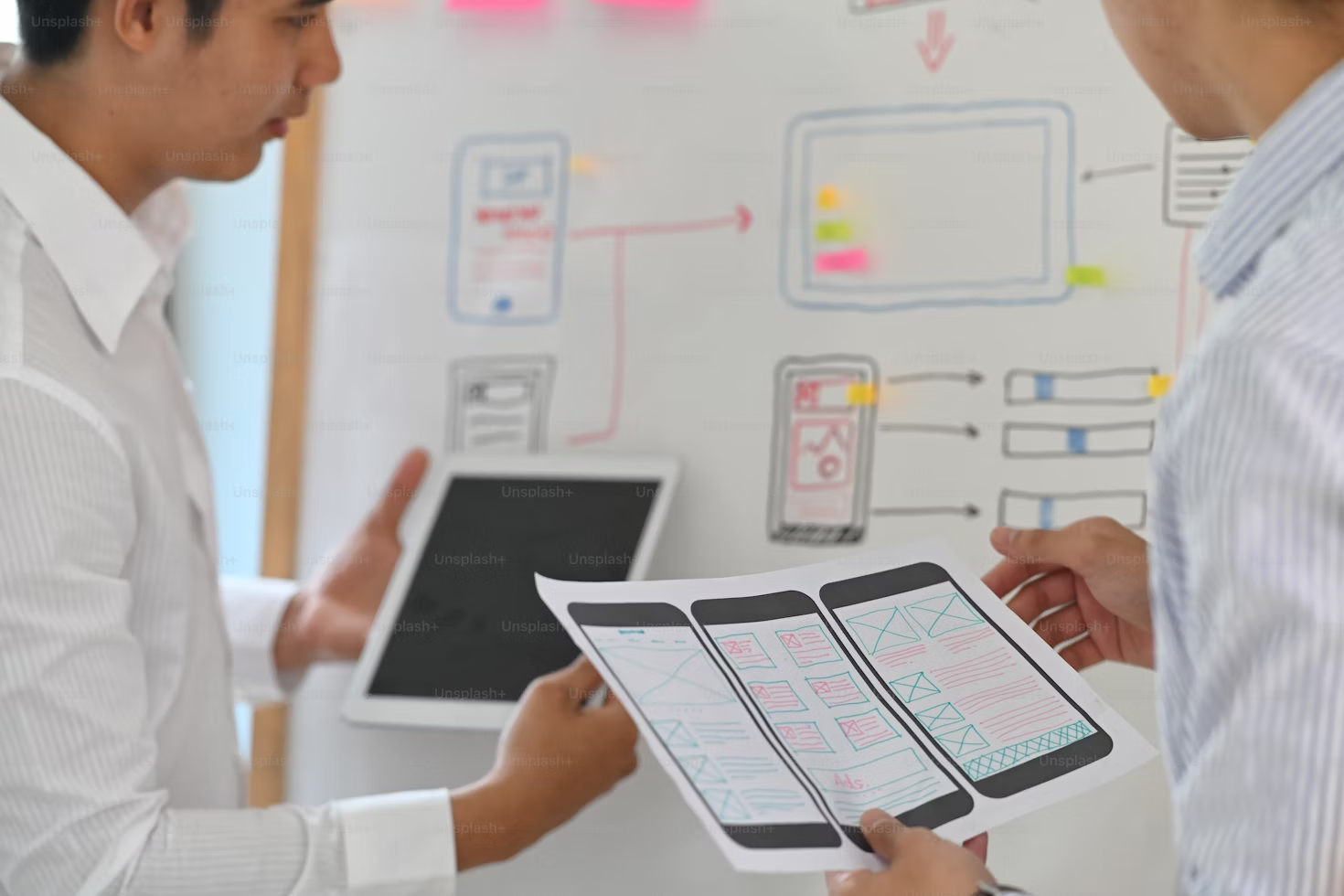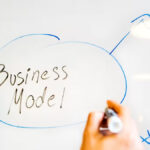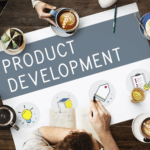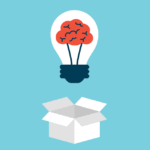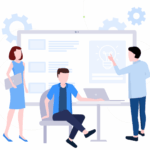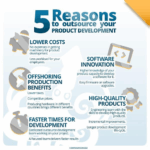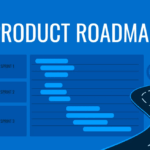Ever wondered why some companies win the market while others fall flat? The secret often lies in mastering product development vs service development.
In today’s fast-moving world, businesses must innovate or risk being left in the dust.
Understanding how to navigate these two development paths can give companies a winning edge. This article explores the differences, challenges, and best practices in both.
We’ll sprinkle in fresh stats, fun idioms, and a dash of expert advice.
What is Product Development?
Product development is the art of creating physical or digital goods.cs` ` 1aWSWA A@q21sw2 It covers everything from idea generation to final launch. Think of smartphones, laptops, or fitness trackers. Behind each, there’s a marathon of design, testing, and marketing.
According to Statista, global R&D spending reached $2.47 trillion in 2023. This number shows how fierce the product innovation race has become.
The main stages are:
- Idea generation: The spark that lights the fire
- Design and prototyping: Turning dreams into models
- Production and testing: Separating the wheat from the chaff
- Launch and marketing: Bringing the product into the limelight
Products need constant user feedback to stay ahead. Without it, even the best ideas can miss the mark.
What is Service Development?
Service development focuses on creating experiences, not things. It’s about making customers feel heard, valued, and satisfied. Examples include consulting, software-as-a-service (SaaS), healthcare, and customer support.
It’s like tailoring a suit — each client gets a unique fit. Research by IBISWorld shows the U.S. service sector grew 2.5% in 2023.
That’s a sign people crave better, faster, and more personalized services.
The key stages are:
- Service design: Mapping the customer journey
- Process development: Creating a smooth workflow
- Training and implementation: Sharpening the saw
- Delivery and improvement: Keeping clients over the moon
Customer experience is the heartbeat of service success. Neglect it, and you risk losing customers to hungrier competitors.
Product vs Service Development: 5 Core Differences Explained

Product development vs service development may sound alike, but they operate on entirely different principles. From tangibility to quality control, these two approaches serve unique purposes in business strategy. Let’s break down the five fundamental differences that separate them.
- Tangibility: Products are tangible; you can touch, hold, or download them.
Services are intangible and experienced in the moment. - Customization: Products are often standardized.
Services are like fingerprints — each one unique. - Inventory and Delivery: Products can sit on a shelf or in a warehouse.
Services are delivered on the fly, often face-to-face. - Customer Involvement: Product users come after development.
Service users are part of the process. - Quality Control: Product quality is measured with tools.
Service quality depends on emotions and perceptions.
Here’s a quick table for clarity:
| Factor | Product Development | Service Development |
| Tangibility | Physical or digital items | Intangible experiences |
| Customization | Standardized or semi-custom | Highly personalized |
| Delivery | Stored, shipped, or downloaded | Delivered in real-time |
| Customer Role | End-user | Active participant |
| Quality Check | Technical tests | Customer satisfaction surveys |
According to McKinsey, companies that balance both approaches grow twice as fast as peers.
Top 5 Product Development Challenges to Watch Out For
Product development sounds exciting, but it’s not all sunshine and rainbows.
- High R&D Costs: Building great products costs a pretty penny. In 2023, Apple spent $30 billion on R&D.
- Rapid Tech Changes: Technology moves fast, leaving laggards in the dust.
- Short Product Lifecycles: Today’s hot seller can be tomorrow’s museum piece.
- Supply Chain Woes: One weak link can break the chain.
- Balancing Innovation with Market Needs: Go too far ahead, and you’ll confuse users. Stay too safe, and you’ll get lost in the crowd.
Companies like Tesla learned to dance between innovation and practicality. It’s a balancing act, and few master it.
Common Pitfalls in Service Development (And How to Avoid Them)
Service development brings its own basket of headaches.
- Consistency Across Teams: One bad apple can spoil the bunch.
- Managing Customer Expectations: People expect the moon, especially in competitive industries.
- Scaling Without Losing Quality: Growth can be a double-edged sword.
- Training and Retaining Talent: Your team is your greatest asset.
- Constant Adaptation: Customer needs change; services must follow suit.
A Harvard Business Review study found 73% of customers abandon brands after poor service. That’s a stat no business can afford to ignore.
Best Practices for Effective Product Development
Winners don’t just dream — they execute.
- Embrace Agile and Lean: Break projects into small chunks and improve as you go.
- Build Cross-Functional Teams: Diverse teams spark fresh ideas.
- Rapid Prototyping: Test early, fail fast, and learn.
- Gather Market Insights: Listen to the voice of the customer.
- Provide Post-Launch Support: Your job doesn’t end at the checkout line.
Companies like Nike use rapid prototyping to stay ahead. It’s all about keeping your ear to the ground.
Best Practices in Service Development
Great service feels effortless — but it’s carefully crafted.
- Customer-Centered Design: Start with what people want, not what you think they want.
- Empower Employees: Happy staff equals happy customers.
- Monitor KPIs: Track metrics like customer satisfaction (CSAT) and Net Promoter Score (NPS).
- Use Technology:CRM tools and automation can work wonders.
- Build a Culture of Improvement: Resting on your laurels is the fastest path to failure.
Brands like Ritz-Carlton empower staff to spend up to $2,000 per guest to solve problems. That’s service with a smile — and strategy.
When to Prioritize Product vs Service Development (Or Blend Both)
Should you go all-in on products or services? It depends on your business goals. Startups often focus on products for scalability. Established firms may lean on services for loyalty. Many companies blend both — think SaaS platforms. They offer a product (software) and a service (support).
Look at Apple — iPhones plus AppleCare. Or Amazon products plus Prime membership.
As they say, don’t put all your eggs in one basket.
Your Next Step to Development Success
Ready to up your development game? Check out BrandNewMD — the best sourcing company for products and services. They help businesses turn ideas into market-ready solutions. Partner with them to make sure your next big thing doesn’t fall flat. Don’t wait — the early bird catches the worm!
Final Thoughts: Mastering Product and Service Development for Business Growth:
Product development vs service development isn’t a battle. It’s a dance where both partners matter. Understanding their differences helps businesses make smarter choices. Mastering both unlocks growth, loyalty, and market leadership. In the end, it’s not about choosing one. It’s about knowing when, why, and how to combine both.
So go ahead — roll up your sleeves and craft something amazing!


